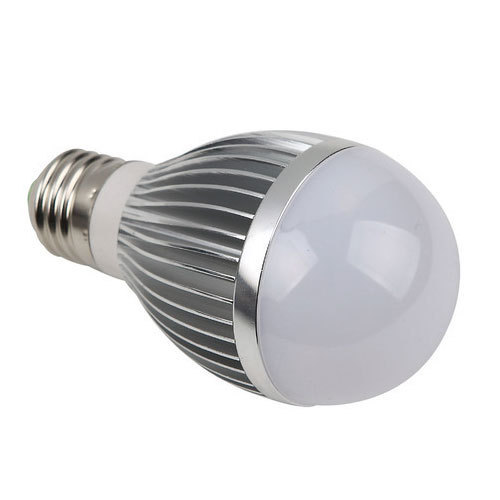W.B.C.S. Main 2018 Question Answer – ELECTRICAL ENGINEERING – Indoor Lighting Design.
WBCS ঐচ্ছিক ২০১৮ প্রশ্নের উত্তর – বৈদ্যুতিক ইঞ্জিনিয়ারিং – ইনডোর আলোর নকশা।
- (a) What are the parameters generally considered in indoor lighting design? What do you mean by Light Loss Factor for lighting design? What is the significance of three values of service illuminance level as mentioned in IS 3646, 1992, Part-II? What do you mean by term service illuminance?
Ans:
Parameters generally considered in indoor lighting design:
- Consideration of luminous efficacy. Luminous efficacy is ratio of lumen output from the lamp to the electrical power (in watt) input to the lamp. The required Illuminance must be provided by the lamp in conjunction with the lighting economically.Continue Reading W.B.C.S. Main 2018 Question Answer – ELECTRICAL ENGINEERING – Indoor Lighting Design.
- Consideration of the life of the lamp must be done by the designers. They should think what may be the difficulties to replace burned out lamps and whether group replacement of the lamps is the better choice economically or not.
- The lumen maintenance of the lamp is an important factor. Question can arise if it is important to have a certain minimum level of Illuminance at all time.
- Again another important consideration is color, the factor of appearance. Although all the lamps listed produce “white” light, their CCT and CRIs differ. Designers should consider the importance of the colors of the seeing task and its surroundings to be faithfully reproduce.
- Auxiliary equipments required along with the lamps make a big question. As we have seen, all gas discharge light sources require ballast, where as incandescent lamps do not. The types of ballast used can affect lamp output, life, starting reliability, system efficiency and occupant comfort.
- Designers should think about what may be the other miscellaneous, i.e. whether any other factors are present in the particular environment or not, temperature is a problem or not and whether the area must be free from stroboscopic effects or not, electromagnetic interference disturb the activities going on in the space, the fumes are present which could produce corrosion or an explosive atmosphere etc.
Light Loss Factor for lighting design:
When a light fixture is activated, it produces light which must leave the lamp, then the fixture, then reach the workplane where it is needed. Along the way, a number of operating and environmental conditions interfere with the transmission of light, resulting in wasted lumens. The lighting designer must provide a system that will take into account these conditions so that despite them the lighting system will provide proper quantity of light over time.
These conditions are captured as metrics called the light loss factors. Metrics are used to perform how something behaves. Light loss factors are captured as percentages or decimals (example: 0.95), which are then multiplied to result in a final Light Loss Factor in lighting calculations. There are two types of light loss factors, non-recoverable and recoverable.
Three Values of Service illuminance:
Light Level or Illuminance is the total luminous flux incident on a surface per unit area. The area – the work plane – is where the most important tasks in the room or space are performed.
Illuminance can be expressed as
E = Φ / A (1)
where
E = illuminance (lm/m2, lux)
Φ = luminous flux – the quantity of light emitted by a light source (lumen, lm)
A = area (m2)
Measuring Units Light Level – Illuminance
Illuminance is measured in foot candles (ftcd, fc, fcd) in the Imperial system or lux in the metric SI system.
- one foot candle = one lumen of light density per square foot
- one lux = one lumen per square meter
- 1 lux = 1 lumen / sq metre = 0.0001 phot = 0.0929 foot candle (ftcd, fcd)
- 1 phot = 1 lumen / sq centimetre = 10000 lumens / sq metre = 10000 lux
- 1 foot candle (ftcd, fcd) = 1 lumen / sq ft = 10.752 lux
Example – Illumination
10 incandescent lamps of 500 W (10600 lumens per lamp) are used in an area of 50 m2. With Cu = 0.6 and LLF = 0.8 illumination can be calculated as
I = 10 (10600 lumens) (0.6) (0.8) / (50 m2) = 1018 lux
Service Illuminance
The mean illuminance throughout the life of an installation and averaged over the relevant area; the area may be the whole area of the working plane in an interior, or the area of the visual task in its immediate surroundings.
Our own publications are available at our webstore (click here).
For Guidance of WBCS (Exe.) Etc. Preliminary , Main Exam and Interview, Study Mat, Mock Test, Guided by WBCS Gr A Officers , Online and Classroom, Call 9674493673, or mail us at – mailus@wbcsmadeeasy.in
Visit our you tube channel WBCSMadeEasy™ You tube Channel
Please subscribe here to get all future updates on this post/page/category/website



 Toll Free 1800 572 9282
Toll Free 1800 572 9282  mailus@wbcsmadeeasy.in
mailus@wbcsmadeeasy.in


















































































































